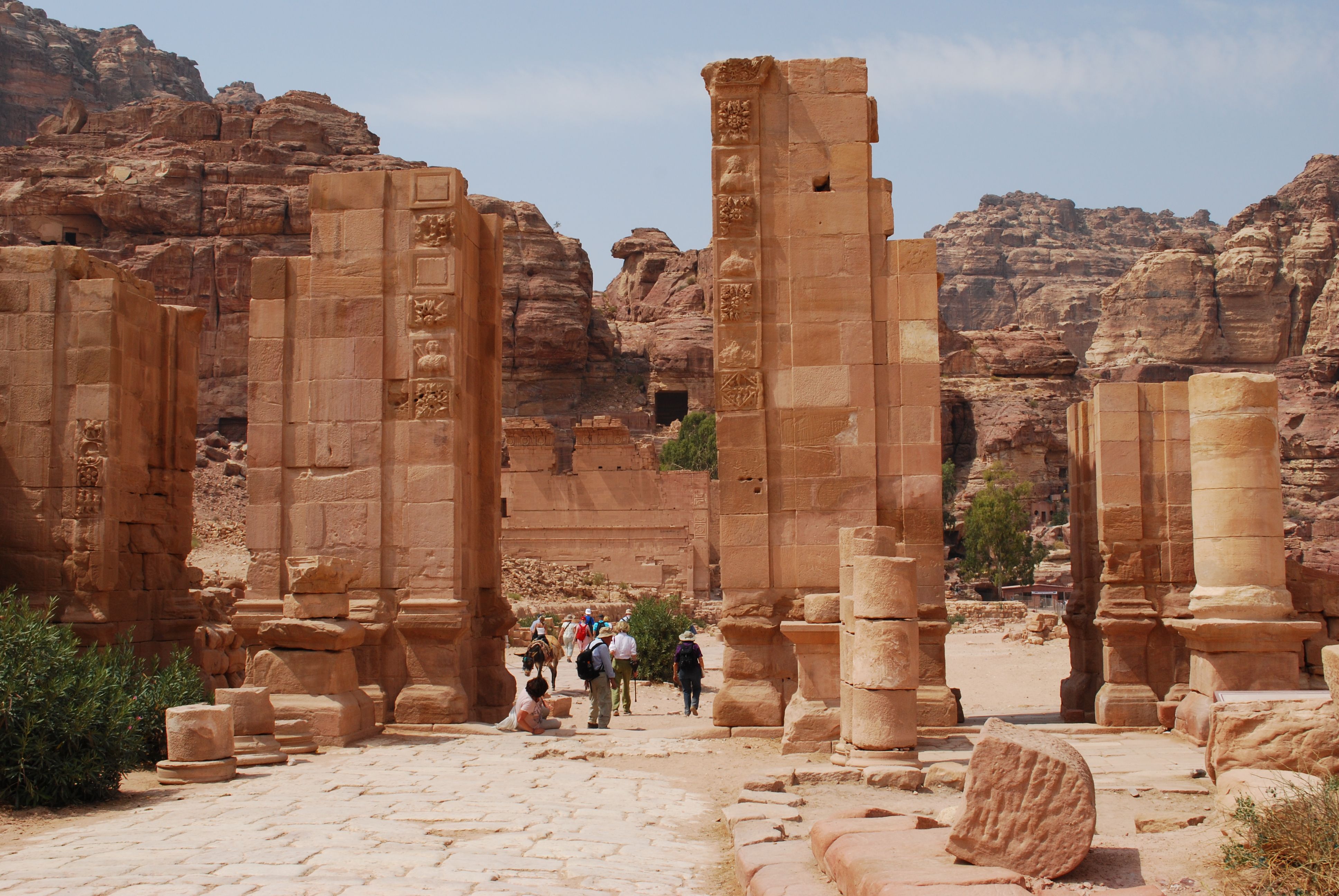
 |
The Hashemite Kingdom of Jordan The Official Site of the Jordanian e-Government |
Jordan, officially the Hashemite Kingdom of Jordan, is an Arab kingdom in West Asia, on the East Bank of the Jordan River, and extending into the historic region of Palestine. Jordan borders Saudi Arabia to the south and east, Iraq to the north-east, Syria to the north, and Israel to the west, sharing control of the Dead Sea with Israel.
The kingdom emerged from the post-World War I division of West Asia by Britain and France. In 1946, Jordan became an independent sovereign state officially known as the Hashemite Kingdom of Transjordan. The name of the state was changed to The Hashemite Kingdom of Jordan on 1 December 1948.
Although Jordan is a constitutional monarchy, the king holds wide executive and legislative powers. Jordan is classified as a country of "medium human development" by the 2011 Human Development Report, and an emerging market with the third freest economy in West Asia and North Africa (32nd freest worldwide). Jordan has an "upper middle income" economy. Jordan has enjoyed "advanced status" with the European Union since December 2010, and it is a member of the Euro-Mediterranean free trade area. It is also a founding member of the Arab League and the Organisation of Islamic Cooperation (OIC).
Islam is the official religion and approximately 92% of the population is Muslim. Sunnis form the majority with non-denominational Muslims being the second largest group of Muslims at 7%. Jordan has laws promoting religious freedom, but they fall short of protecting all minority groups. Muslims who convert to another religion as well as missionaries face societal and legal discrimination. Jordan has an indigenous Christian minority. Other religious minorities groups in Jordan include adherents to the Druze and Bahá'í Faith.



